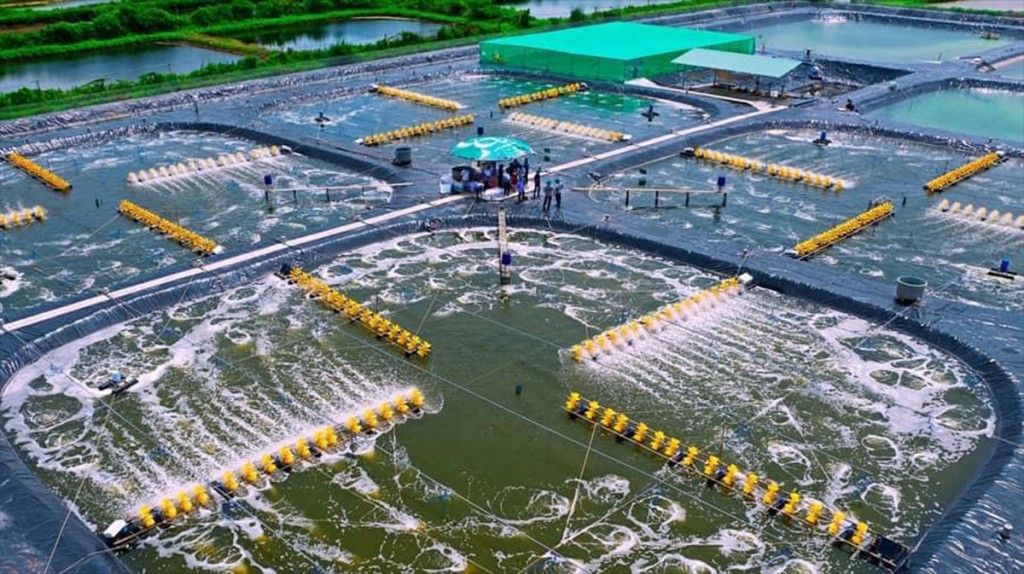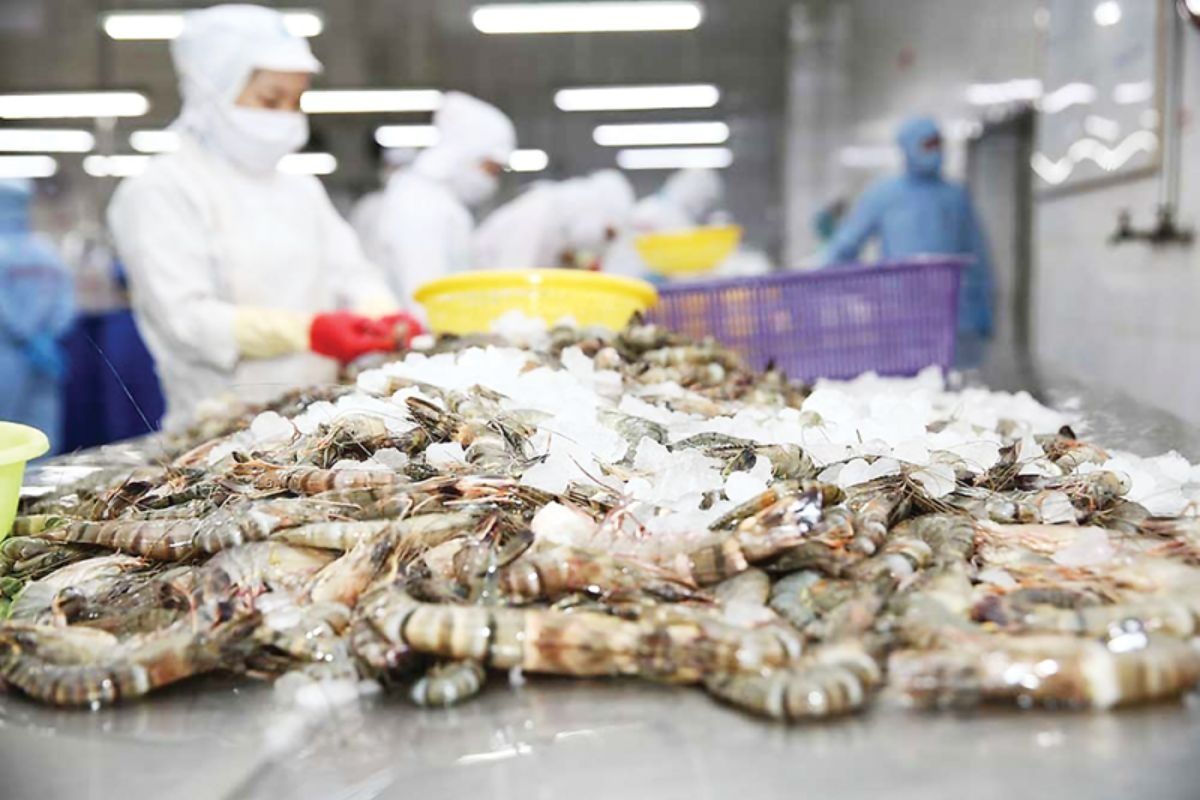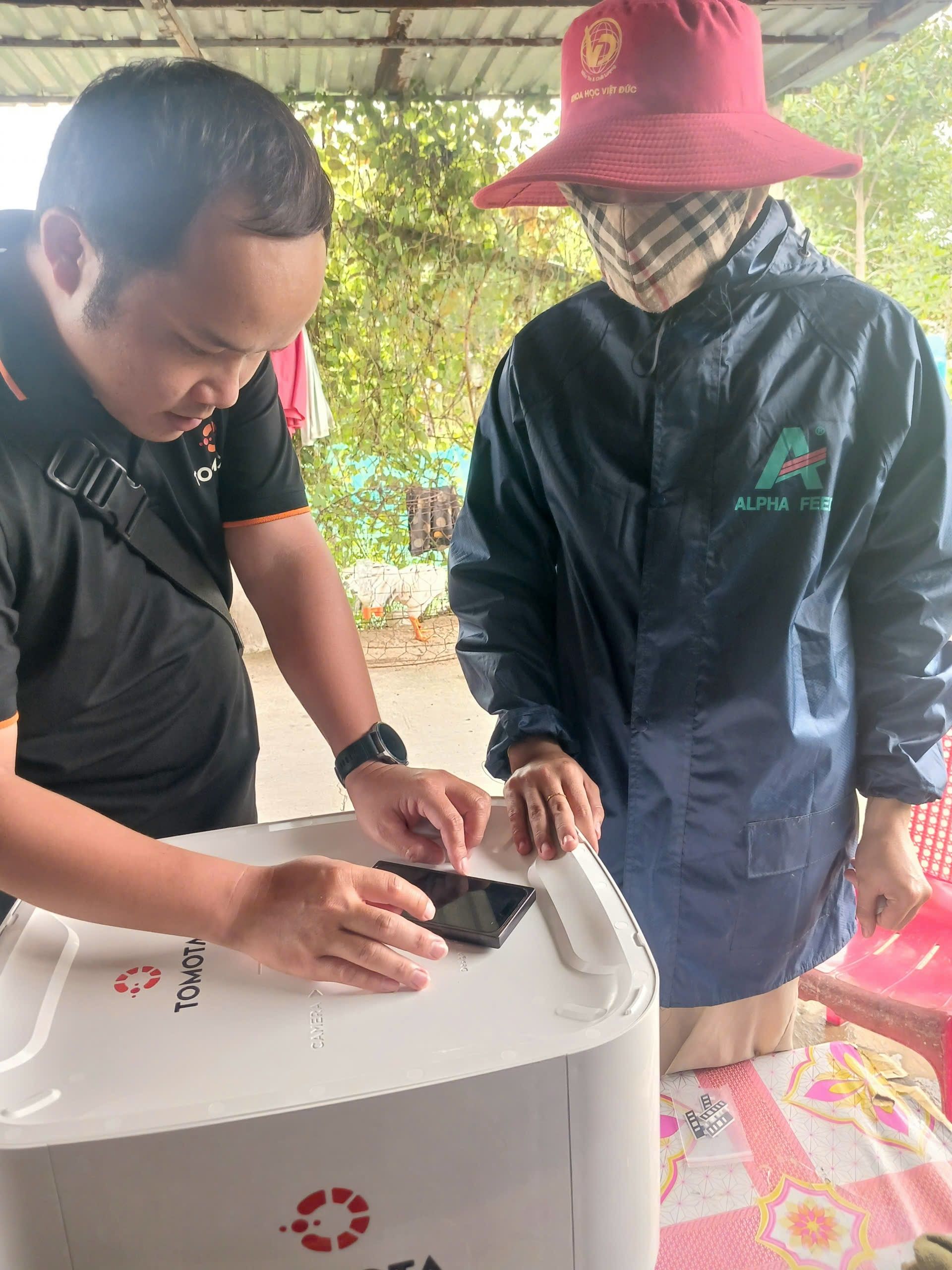GLOBAL SHRIMP INDUSTRY OVERVIEW - FIRST HALF OF 2025
In the first half of 2025, Vietnam’s shrimp exports showed remarkable signs of recovery, reaching over USD 2 billion in export value – an impressive 27% increase compared to the same period in 2024. China has emerged as the leading export market, while the U.S. is facing challenges and risks due to tariff pressures. This suggests that exports to the U.S. may stagnate in July and during the second half of the year.
Overall Situation
According to the Vietnam Association of Seafood Exporters and Producers (VASEP), Vietnam’s shrimp sector recorded outstanding growth in the first six months of 2025, with total export value surpassing USD 2 billion – up 27% year-on-year. However, VASEP also forecasts potential slowdowns in July.

China and Hong Kong have now risen to become the largest import markets for Vietnamese shrimp, with nearly USD 595 million in value – an 81% surge compared to the same period last year. This extraordinary growth is attributed to consumer demand recovery, higher seasonal demand in summer, and especially the strong appetite for Vietnamese lobsters, positioning China as the fastest-growing market.
The CPTPP bloc also posted positive signals: Japan grew 19%, Australia 5%, and Canada 6%. Japan remains the third-largest single market for Vietnamese shrimp thanks to stable demand and strong interest in value-added shrimp, a positive indicator for the global seafood industry. Similarly, EU markets rose 16%, with Germany, Belgium, and France all achieving double-digit growth.

In East Asia, South Korea stands out with 14% growth, driven by steady demand and a preference for highly processed shrimp products. Taiwan (China) also rose 27%, reflecting the broadening presence of Vietnamese shrimp in the region.
By contrast, the U.S – traditionally a key export destination showed signs of slowdown. Although total value in the first half reached USD 341 million, up 13% year-on-year, overall market conditions remain challenging. Facing global market volatility and shifting trade policies, VASEP recommends that shrimp businesses focus on innovation, strategic restructuring, and technology adoption to strengthen management and processing.
The rising trend of clean, sustainable shrimp consumption makes digital transformation essential across the value chain from farming and processing to order management helping businesses build resilience. With advancing technology, Vietnam is effectively harnessing digital tools to create tangible value.
Tomota – A Comprehensive Solution for Sustainable Shrimp Farming
Tomota provides farmers with an all-in-one solution to make shrimp farming simpler and more efficient. Developed to address real-world challenges, Tomota supports farmers from seedstock quality checks to water environment monitoring delivering fast and accurate results.
Each Tomota solution is designed to maximize user experience and make technology more accessible in daily farm management. With innovations such as Tomota S3+, S3T, A3, and automation systems, farmers can closely monitor shrimp health and water quality at every stage from hatchery to harvest.

These tools not only save time and improve control efficiency but also ensure greater consistency in shrimp quality. Through precise data collection, real-time monitoring, and timely insights, Tomota empowers farmers to proactively manage every pond with confidence.
Tomota believes this is a critical step forward in elevating the quality of Vietnamese shrimp, strengthening its international reputation, and advancing towards long-term sustainability.
CONCLUSION
Looking ahead, the second half of 2025 continues to hold positive prospects. Experts recommend that farmers plan their stocking and harvest schedules carefully to avoid simultaneous mass harvesting, which can lead to price drops. Farmers are also advised to improve farming practices, minimize excessive antibiotic use, and aim for international certifications to increase product value.
For exporters, the trend is towards tightening supply control, standardizing processes, and ensuring transparent traceability while seeking out new markets. Expanding value-added shrimp processing is particularly important to meet diverse consumer demands. The second half of 2025 is expected to bring recovery opportunities, especially during the year-end export peak.
